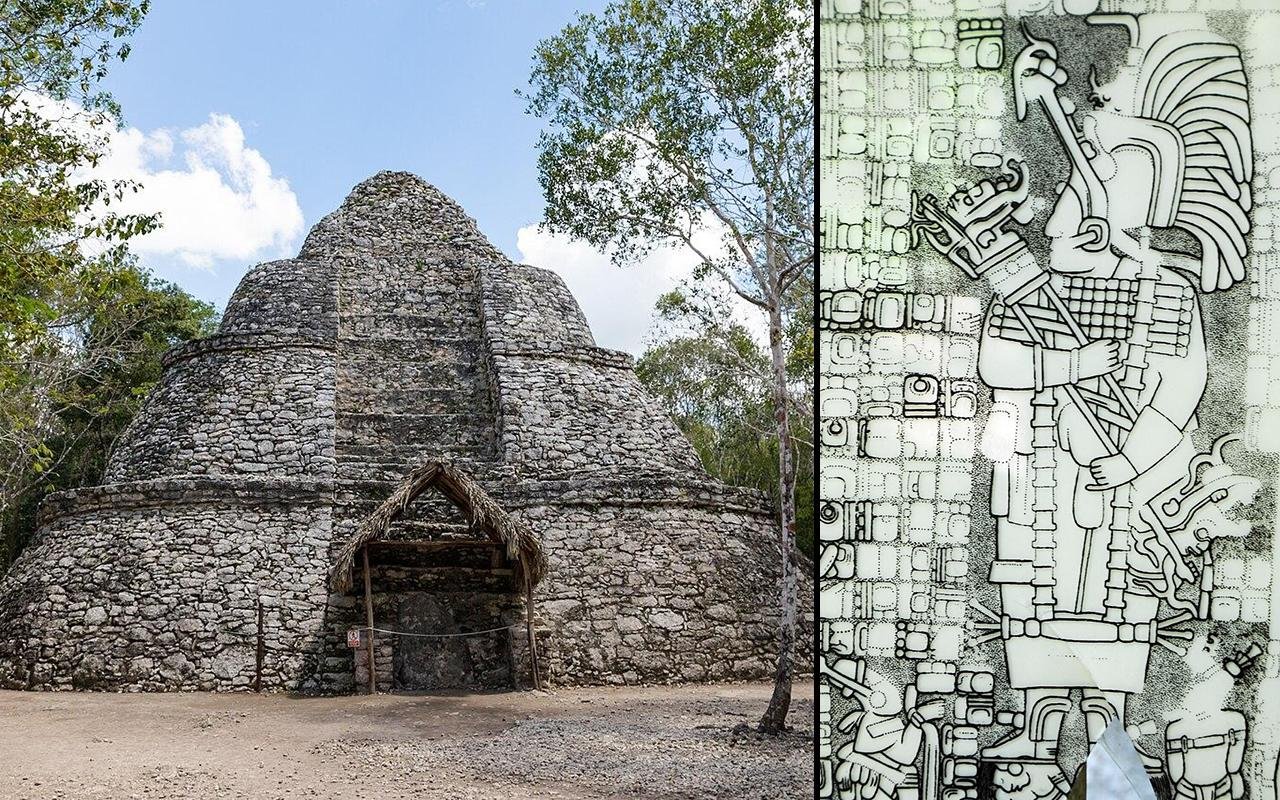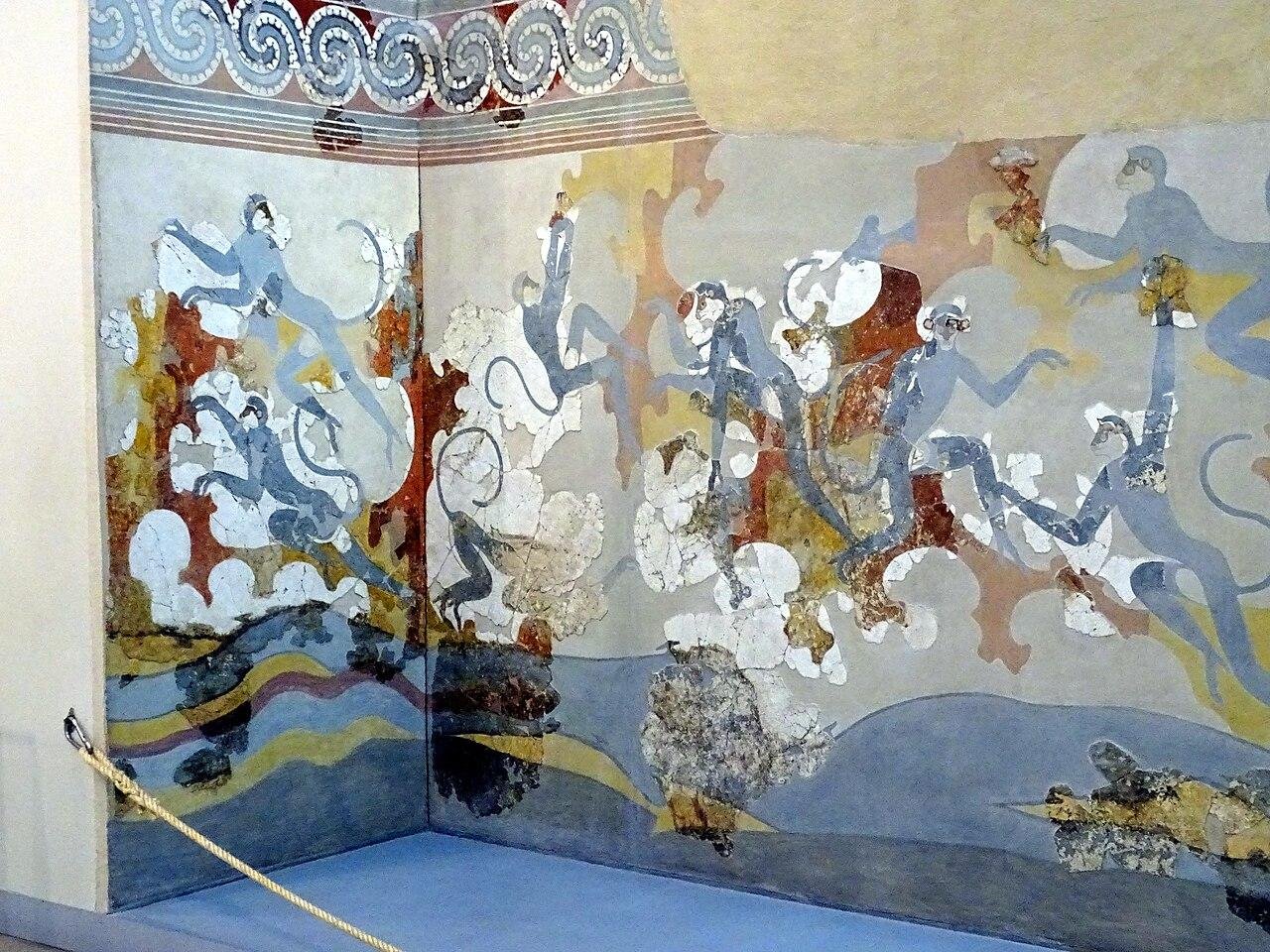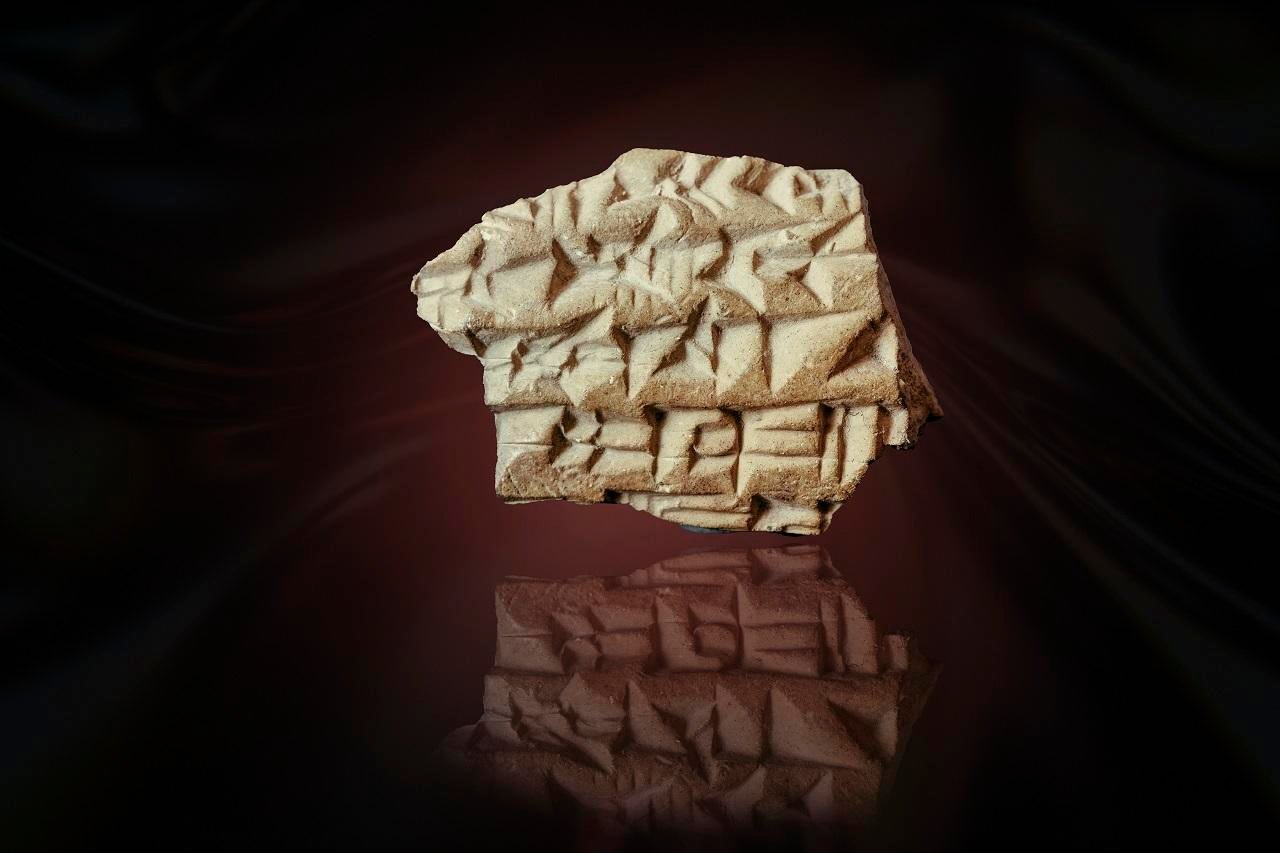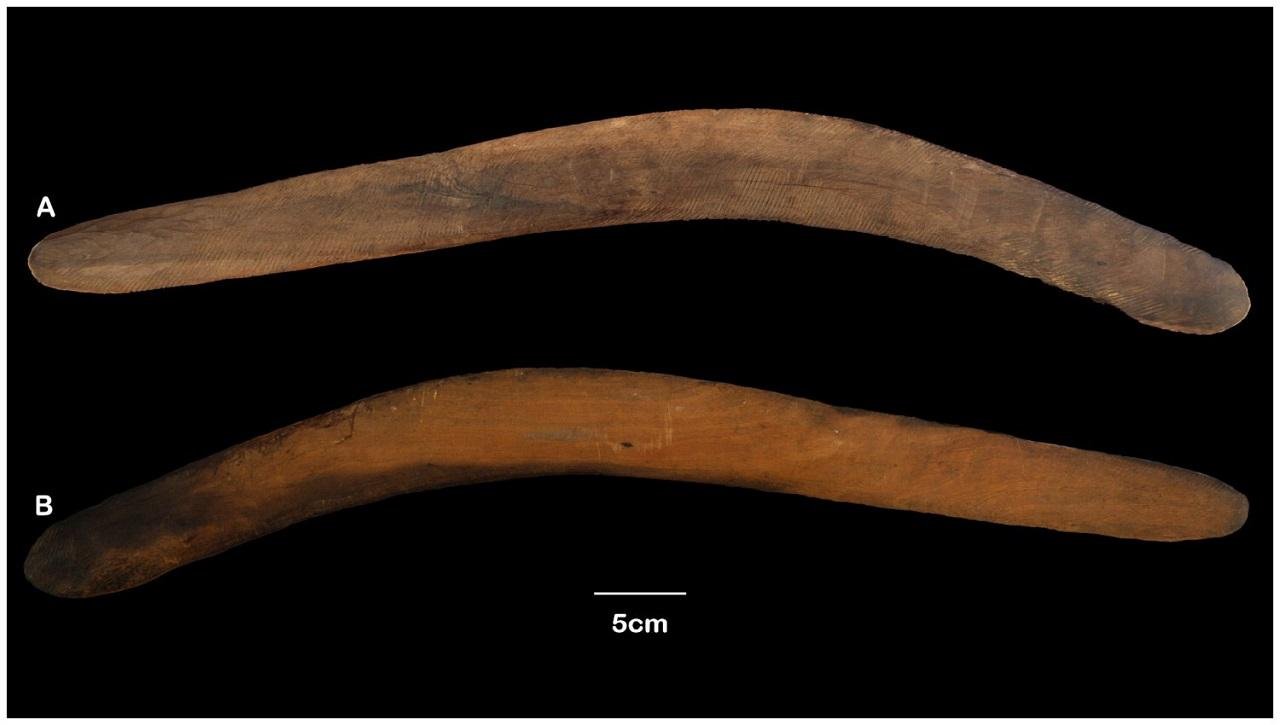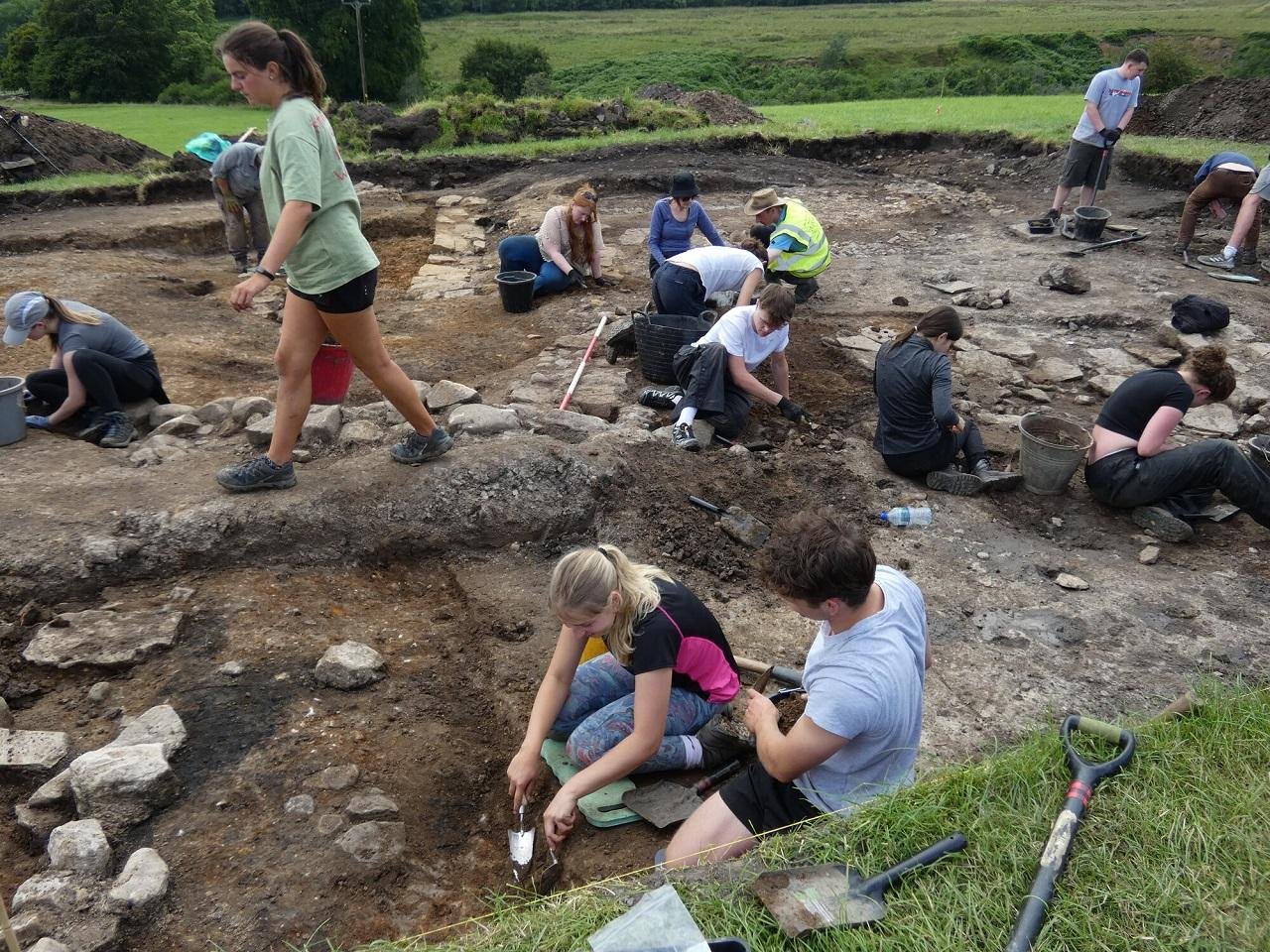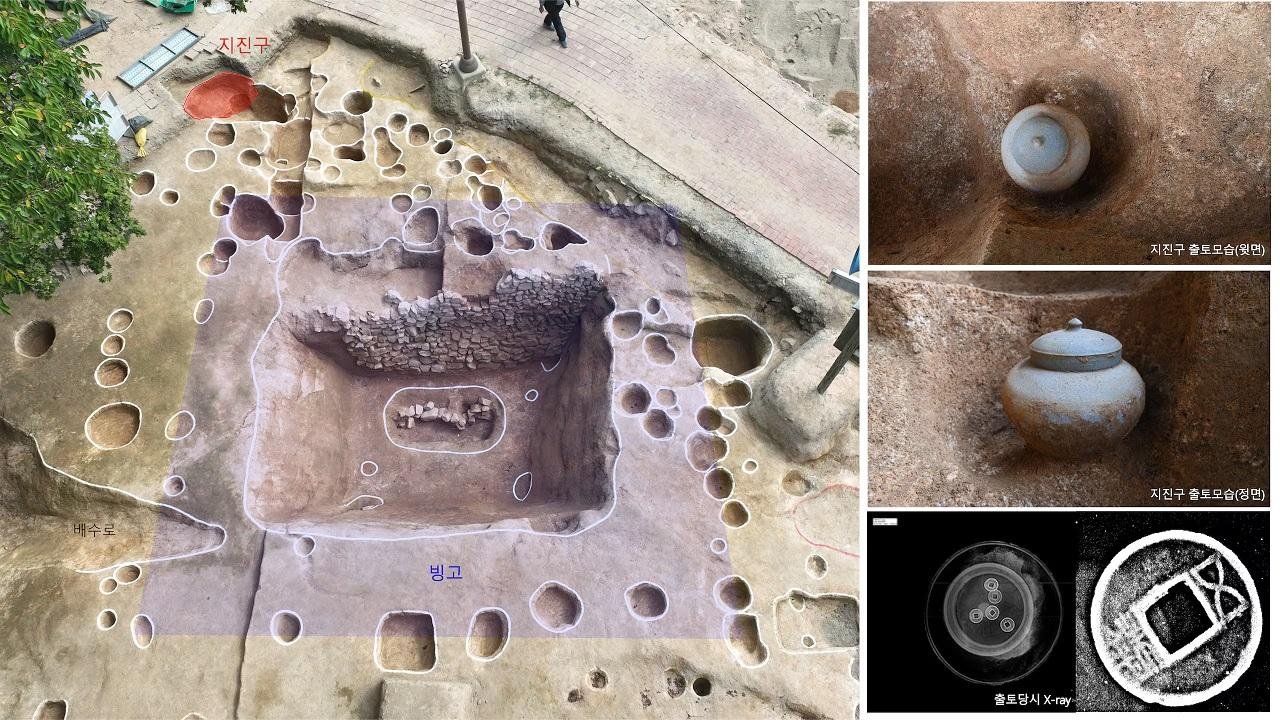Archaeologists in southern Bulgaria have unearthed a vibrant tomb that has been dated to the 2nd century BC and is believed to belong to a Thracian warrior elite. The tomb, discovered near the village of Kapitan Petko Voivoda in Topolovgrad during a rescue excavation for a new power cable, is now being hailed as the most opulent Hellenistic-era warrior tomb ever discovered in the country.
 The 2nd-century BCE burial of a Thracian warrior and his horse. Credit: Municipality of Topolovgrad
The 2nd-century BCE burial of a Thracian warrior and his horse. Credit: Municipality of Topolovgrad
It was unearthed by a team from the Bulgarian Academy of Sciences, led by archaeologists Vladimir Staykov and Deyan Dichev, and under the scientific supervision of noted Thracian specialist Dr. Daniela Agre. The well-preserved burial pit, three by one meter in size, held the remains of a warrior estimated to have been between 35 and 40 years old. He was buried alongside his war horse on the left-hand side of his body, a practice typical of Thracian nobles.
The burial contained a collection of imported goods, jewelry, and weapons, suggesting his high social standing and participation in broader Mediterranean trade networks. A silver-gilt ceremonial wreath rested on the warrior’s head — a symbol of leadership and honor in Thracian society, particularly crafted for burial. Other grave goods included a silver bracelet, ring, and beautifully worked fibula, all of which showed high workmanship.
Among the weapons found were an iron spear, a shield boss, and a Greek makhaira — a curved sword with a gold-inlaid and semi-precious-stoned handle. The richness of this knife is considered unique in the archaeological record and highlights the wealth and taste of the deceased.
The warrior’s horse was also adorned. Its harness featured gold, silver, and bronze medallions, gilded and encased in high-relief representations of Greek myth scenes — specifically, the demi-god Heracles wrestling with the giant Antaeus. These masterpieces of Hellenistic metallurgy and sculpture are exquisite examples of intricate craftsmanship.
“This is the second consecutive year that the land around Kapitan Petko Voivoda has revealed extraordinary archaeological treasures,” Bulgarian Academy of Sciences officials explained. “The ongoing excavations not only contribute to our understanding of Thracian culture but also raise new questions about the intersection of local traditions and Roman influence.”
In fact, just 60 meters to the north of this site, Dr. Agre’s team unearthed a similarly lavish cremation burial in 2024, attributed to a Thracian noble related to Roman military forces. The previous grave had weapons and rare gold jewelry and is currently preserved in a vault at the Historical Museum in Topolovgrad. The newly discovered artifacts from the current excavation will join the growing collection of the museum.
The researchers now believe that this was a dynastic necropolis of the Thracian elites in the Late Hellenistic period. The discoveries provide a glimpse into the burial rites, political situation, and cultural fusion of ancient Thrace, where indigenous tradition met the influence of Rome and the Hellenistic world.
With the excavations ongoing at the site, the specialists expect to continue unraveling the mysteries of this high-ranking necropolis and learn more about the power structure and cross-cultural relations of Thracian society during one of the most dynamic periods of its history.
Municipality of Topolovgrad
